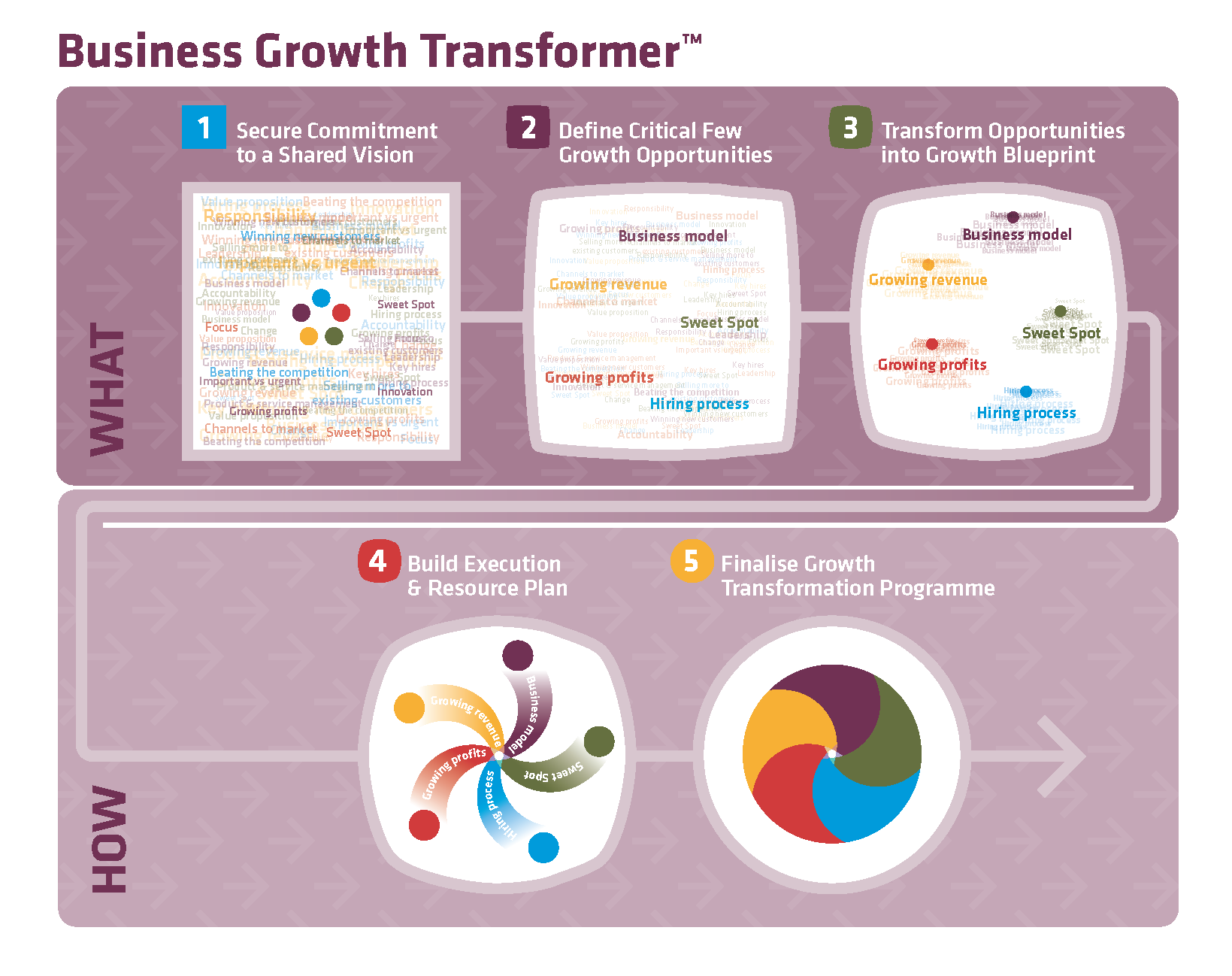How small experiments transform business growth
Uber, Netflix or Amazon. Love or loathe these ‘newer’ companies, they are transforming industries. The decisions they face are uncertain and risky. However, they seem to get more right than wrong.
Unlike companies who weep at wasted six figure sums, these ‘newer’ companies succeed in using small, dirty but disciplined experiments to make better decisions. Implementing experimentation is tricky but the benefits are transformative.
Popularized by the Lean Startup movement this “experimentation” approach is one we encourage clients to use. It improves their odds on market entry and product development.
By way of example, we use a simplified consumer online golf business to explain the process. Below are the three steps in this quick, dirty but disciplined approach:
1. Document your challenge in a well-defined SMART way. For example, Can we build an online golf lesson business that will generate $100m revenue within 5 years?
To create depth and structure, document a list of subsidiary questions:
- What is the profile of our ideal or sweet spot prospects?
- Where is our measurable value?
- What makes us different from the competition?
- What price might they pay?
- What is the available market size?
Debate, prioritize and select the highest priority question with your team. Use as selection criteria the potential impact of learning and ease of testing. Also consider which question poses the biggest risk, if we get the answer wrong. Surface assumptions and guard against bias.
In our golf lesson example, our highest priority question was ‘what is the profile of our ideal prospects?’ as without clarity; all other questions and opinions appear flaky.
2. Focus analysis on highest priority question (‘what is the profile of our ideal prospects?’). This was converted into a rigorous and testable hypothesis statement, documented and agreed by the team as follows:
We believe that wealthy males over 50 in Augusta, Georgia, with a handicap over 24 will be interested in purchasing web-based custom designed golf lessons. We will establish this by running a free ‘video lesson’ test on the Golfers Monthly website and expect to collect 500 valid email addresses, that meet our target profile, in one week. |
The use of the term ‘we believe’ makes the hypothesis bold. It also has clear metrics, which can be used to prove it either right or wrong.
Good hypotheses provide learning in days and weeks, rather than months.
3. Use quick, dirty but disciplined experiments. The golf example evolved into a video that enticed golfers to take a ‘swing diagnostic survey’ and give their email details in exchange for targeted advice. This video was linked to selected golf websites. Other experiments could have been used to test the hypothesis e.g. interviews at a driving range.
As well as requiring creativity, each test must provide actionable metrics that can be repeatedly measured. As tests are repeated and learning is captured, the variables can be changed, for example by making the ‘free offer’ more enticing or simplifying the way for golfers to provide their email addresses.
Experimentation requires ongoing commitment to rapid tweaking and action. It’s a mindset and a process, not just an event. It leads to fast learning that outstrips traditional approaches.
The sequencing of experiments is both art and science. After email addresses have been captured, another set of experiments could be conducted – all targeted at providing insight into our question - whether a $100m revenue web-based golf lesson business could be created within 5 years?
Insight in brief
Good market and product opinions are the enemy. Most of them are wrong. They are often hunches or guesses. It’s better to use a quick and dirty but disciplined approach to test the highest priority opinions in a robust way.
Insight in Action
- Rather than overly debating big uncertain market and product decisions, encourage your team to use quick, dirty but disciplined experiments.
- Start off with structured questions and sub-questions. Focus on the highest priority sub-question and create a falsifiable hypothesis to test it.
- Craft simple experiments to test each hypothesis and ensure they deliver actionable information quickly.
Download Business Growth Transformer - Helping companies experiment and grow



























